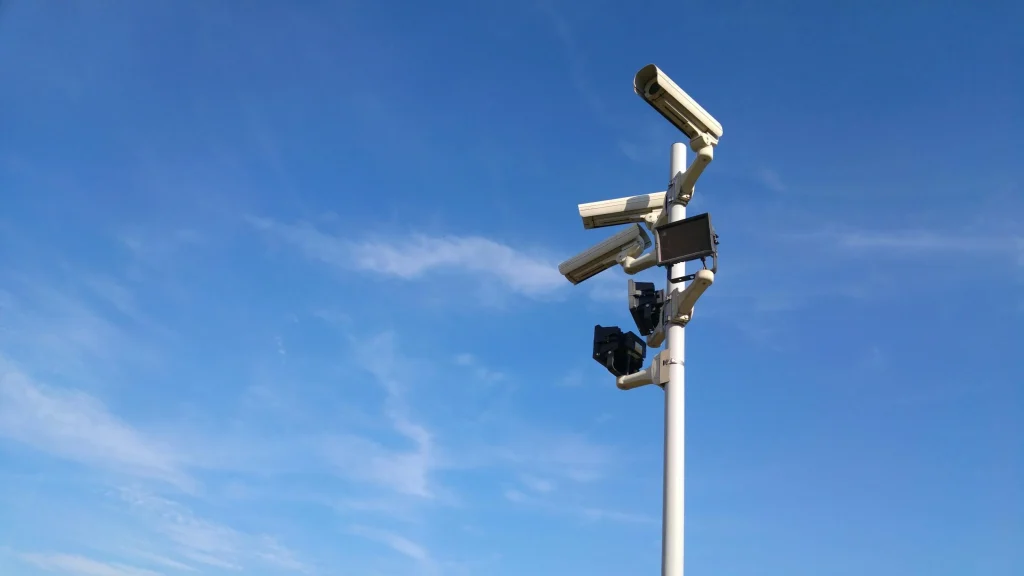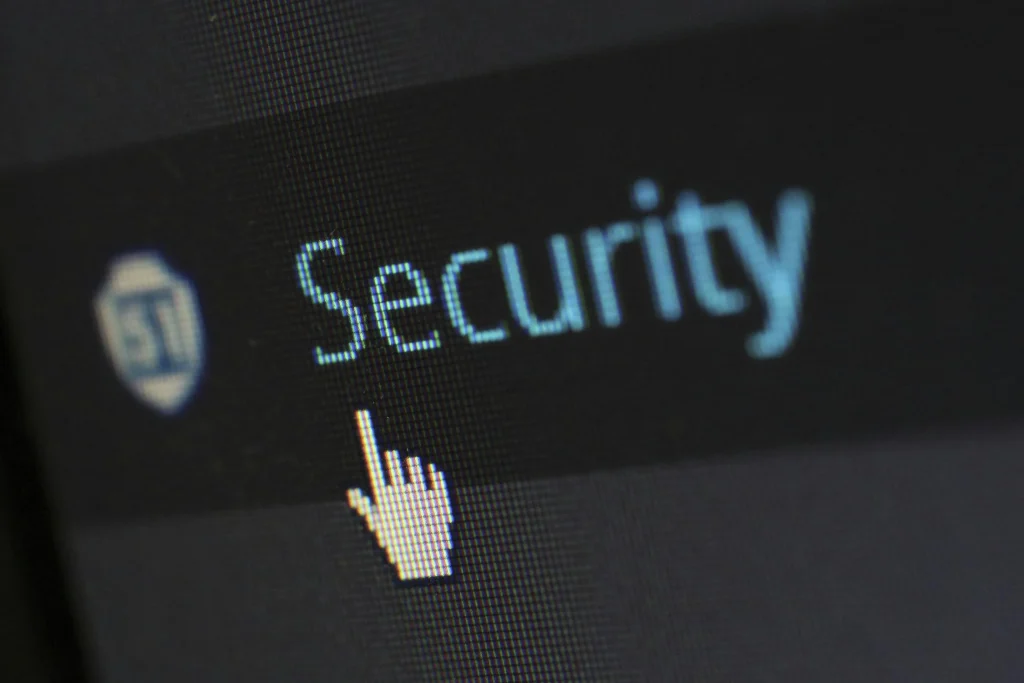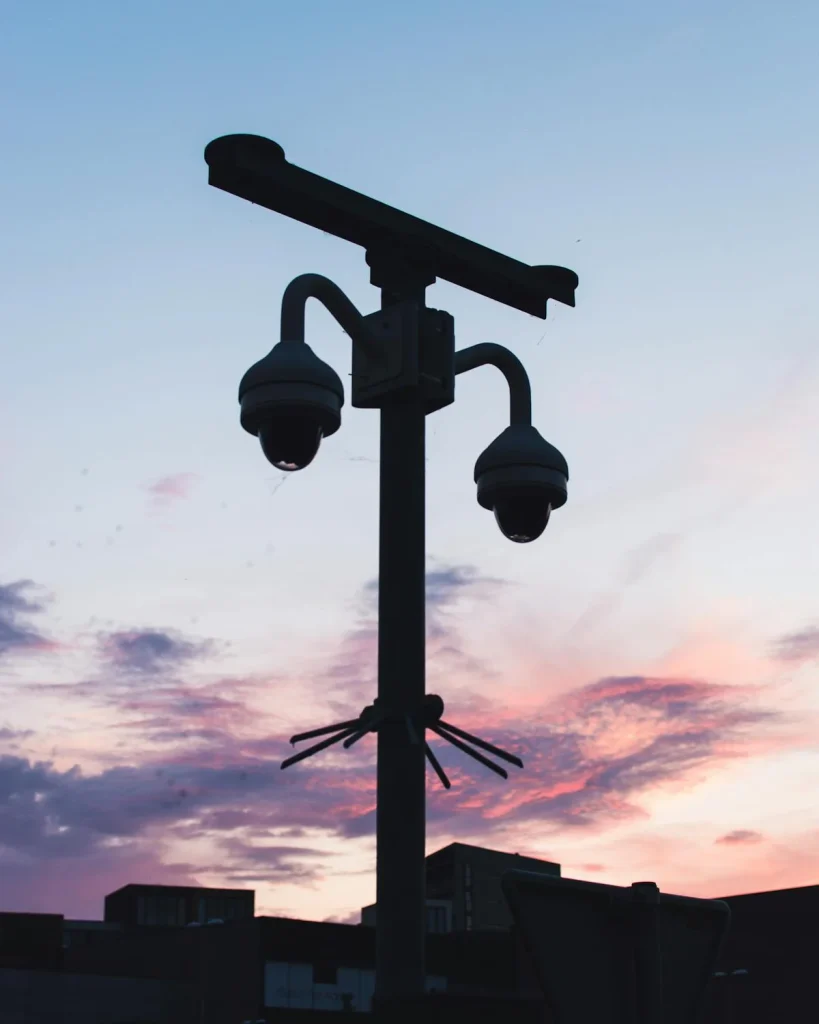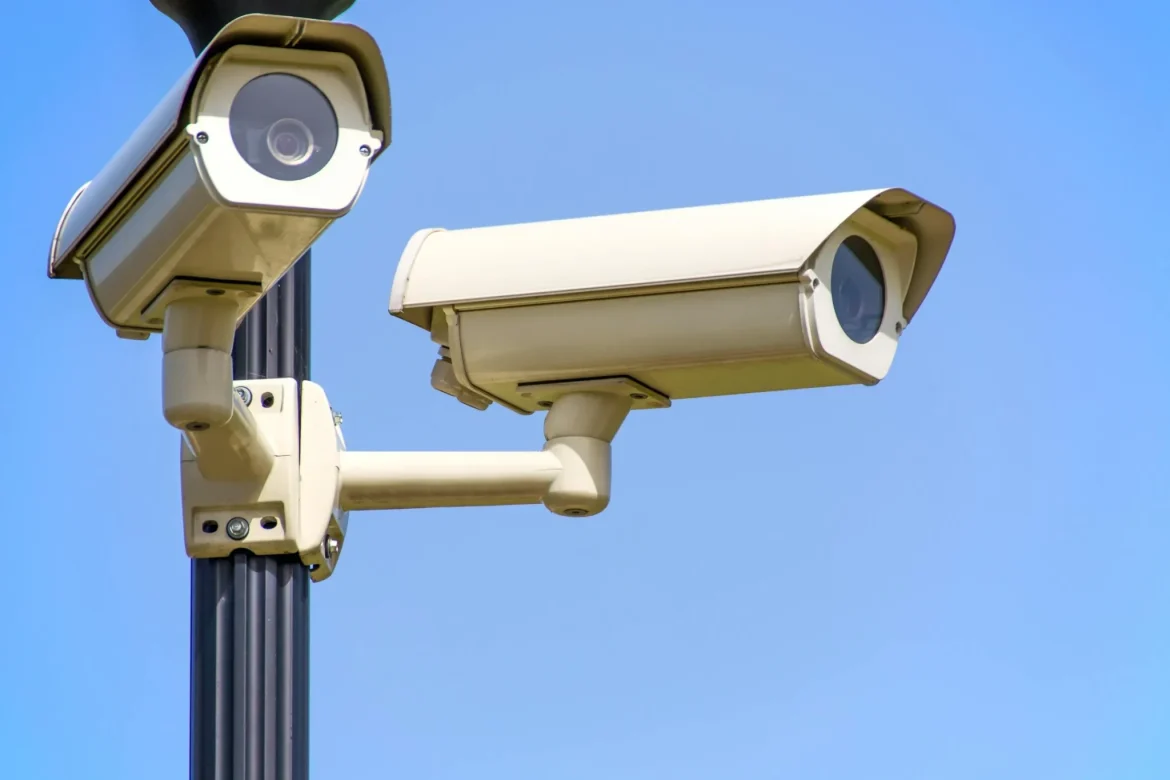In an era where safety and security are paramount, security cameras have become a critical component of both residential and commercial security systems. They offer peace of mind by providing surveillance, evidence, and deterrence. This comprehensive guide explores the different types of security cameras, their features, and how they can enhance safety for your home or business.

1. Understanding the Types of Security Cameras
Security cameras come in various types, each designed for specific purposes and environments. Understanding these types is essential for selecting the right camera for your needs:
- Dome Cameras: These cameras are named for their dome-shaped housing and are commonly used in both indoor and outdoor settings. Their discreet design makes them ideal for monitoring wide areas, and they are often equipped with features like night vision and motion detection.
- Bullet Cameras: Recognizable by their long, cylindrical shape, bullet cameras are ideal for outdoor surveillance. They offer long-range viewing and are often weatherproof, making them suitable for monitoring driveways, parking lots, and perimeters.
- PTZ Cameras (Pan-Tilt-Zoom): These advanced cameras can move horizontally, vertically, and zoom in on specific areas. PTZ cameras are perfect for large areas requiring real-time adjustments and are often used in commercial settings for comprehensive surveillance.
- IP Cameras: Internet Protocol (IP) cameras transmit video over the internet, offering high-resolution footage and remote access. These cameras can be integrated into home or business networks, providing flexible monitoring options.
- Wireless Cameras: Wireless cameras connect to your network without the need for physical cables, offering a more flexible installation process. They are available in various types, including indoor, outdoor, and battery-operated models.
- Smart Cameras: Smart cameras come with advanced features like facial recognition, motion detection alerts, and cloud storage. They integrate with smart home systems and offer enhanced functionality for modern security needs.
2. Key Features to Consider
When choosing a security camera, several features can influence your decision. These features enhance the effectiveness of your surveillance system:
- Resolution: Higher resolution cameras capture clearer images and more detailed footage. Options range from standard definition (SD) to high definition (HD) and ultra-high definition (4K). For most residential and small business needs, HD or higher resolution cameras are recommended for clear and actionable footage.
- Night Vision: Cameras with night vision capabilities use infrared technology to capture footage in low-light conditions. This feature is crucial for 24/7 surveillance, ensuring that your security system remains effective at all times.
- Motion Detection: Motion detection sensors trigger recording or alerts when movement is detected. This feature helps to monitor specific areas more effectively and reduces the amount of footage you need to review.
- Audio Capabilities: Some cameras come with built-in microphones and speakers for two-way audio. This feature allows you to listen to and communicate with individuals on the property, adding an extra layer of security and interaction.
- Storage Options: Security cameras offer various storage solutions, including local storage (SD cards or DVR/NVR systems) and cloud storage. Local storage is cost-effective, while cloud storage offers remote access and additional backup options.
- Weather Resistance: For outdoor cameras, weather resistance is essential. Look for cameras with an IP (Ingress Protection) rating indicating their resistance to dust and water. An IP66 or higher rating ensures that the camera can withstand harsh weather conditions.

3. Benefits of Installing Security Cameras
Investing in security cameras provides numerous benefits for both homes and businesses. These advantages extend beyond just deterring crime:
- Crime Prevention: The presence of security cameras acts as a deterrent to potential criminals. Knowing that they are being watched reduces the likelihood of theft, vandalism, and other criminal activities.
- Evidence Collection: In the event of a crime or dispute, security camera footage can serve as valuable evidence. This footage can be used for legal proceedings, insurance claims, and investigations, providing a clear account of incidents.
- Remote Monitoring: Many modern security cameras offer remote access via smartphone apps or web browsers. This feature allows you to monitor live footage from anywhere, providing real-time updates and control over your security system.
- Increased Safety: Security cameras contribute to overall safety by monitoring suspicious activities and providing a sense of security for residents and employees. This added layer of protection enhances personal and property safety.
- Enhanced Property Management: For businesses, security cameras help manage operations by monitoring employee behavior, ensuring compliance with company policies, and protecting assets. They also help in managing customer interactions and maintaining a secure environment.
4. Choosing the Right Security Camera for Your Needs
Selecting the right security camera involves evaluating your specific needs and environment. Consider the following factors:
- Purpose: Define what you want to achieve with your security camera system. Are you focusing on crime prevention, monitoring, or both?
- Location: Determine where the cameras will be placed. Different types of cameras are suited for indoor vs. outdoor environments, and factors like lighting and visibility play a role.
- Budget: Security camera systems come in a range of prices. Set a budget that balances cost with the features and quality you require for your security needs.
- Scalability: Consider future expansion. Choose a system that can grow with your needs, allowing for the addition of more cameras or advanced features as necessary.
5. Maintaining Your Security Camera System
Once your security cameras are installed, regular maintenance ensures that they continue to function effectively:
- Clean Lenses: Dust and dirt can obscure camera lenses, affecting image quality. Regularly clean the lenses and ensure they are free from obstructions.
- Check Connections: Ensure that all cables and connections are secure and functioning. For wireless cameras, verify that the signal strength and network connections are stable.
- Update Software: Keep your camera’s firmware and software up-to-date to benefit from the latest features and security patches.
- Review Footage: Periodically review recorded footage to ensure the cameras are capturing the desired areas and to assess the overall performance of the system.

Conclusion
Security cameras are a vital tool for safeguarding your home or business. With a wide range of types, features, and benefits, there is a camera solution suited for every security need. By understanding the different options available, evaluating key features, and selecting the right camera for your environment, you can enhance your security measures and achieve greater peace of mind.
From crime prevention to evidence collection and remote monitoring, the advantages of installing a security camera system are clear. Investing in high-quality cameras and maintaining your system will ensure you have a reliable security solution that protects what matters most.


